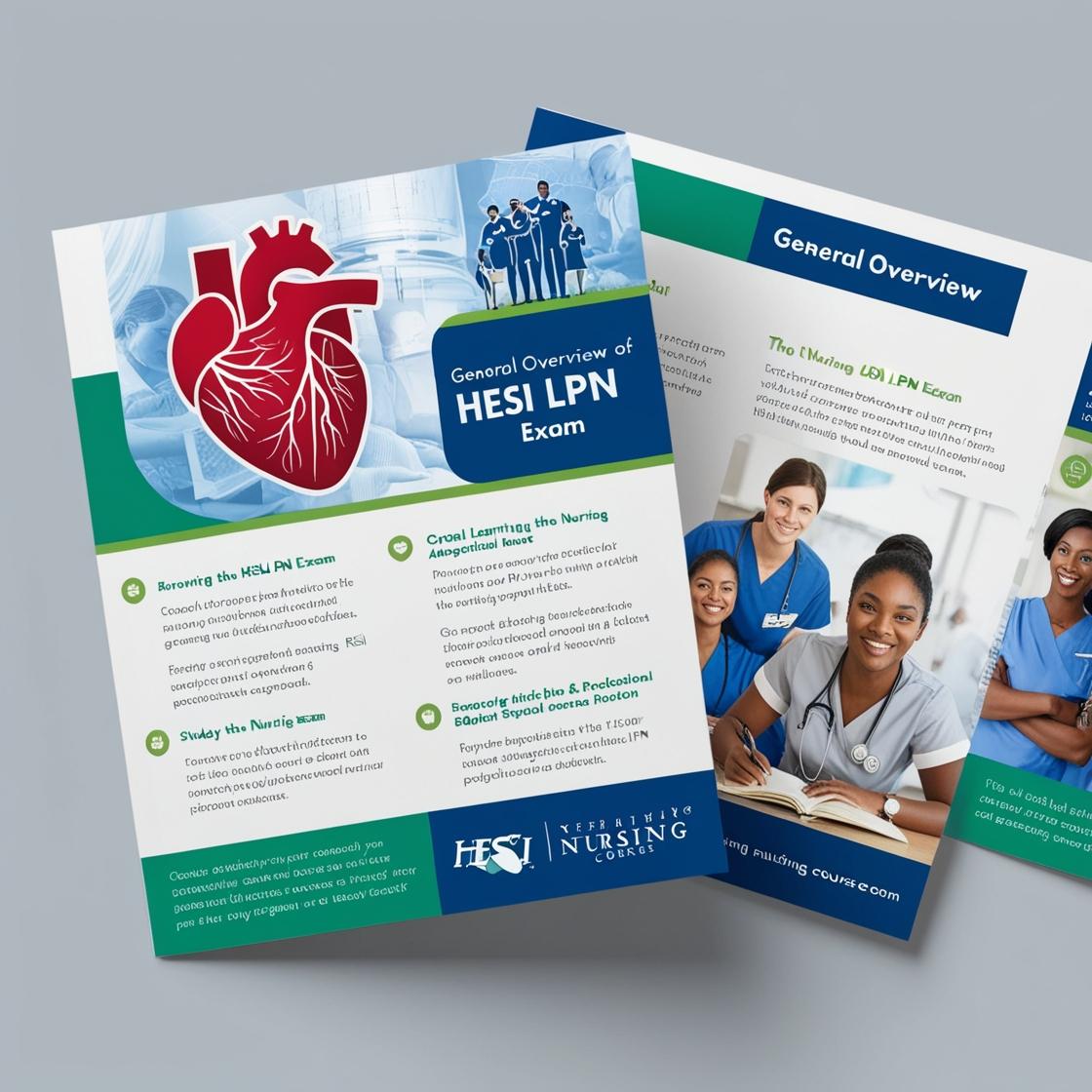HESI LPN
HESI CAT Exam 2022
1. A client has a blood glucose level of 70 mg/dl and reports feeling shaky and weak. What is the best initial action by the nurse?
- A. Obtain a fingerstick glucose reading
- B. Administer 15 grams of a fast-acting carbohydrate
- C. Perform a quick assessment of the client’s neuro status
- D. Provide a glass of milk and monitor the client’s symptoms
Correct answer: B
Rationale: Administering 15 grams of a fast-acting carbohydrate is the best initial action to address hypoglycemia symptoms promptly by raising blood glucose levels. This intervention is crucial to prevent further deterioration in the client's condition. Obtaining a fingerstick glucose reading is important but may delay treatment. Performing a quick assessment of the client's neuro status is secondary to addressing the immediate low blood glucose levels. Providing a glass of milk is not the recommended first-line treatment for hypoglycemia; fast-acting carbohydrates are preferred to rapidly increase blood sugar levels.
2. After learning that she has terminal pancreatic cancer, a female client becomes very angry and says to the nurse, 'God has abandoned me. What did I do to deserve this?' Based on this response, the nurse decides to include which nursing problem in the client’s plan of care?
- A. Ineffective coping
- B. Spiritual distress
- C. Acute pain
- D. Complicated grieving
Correct answer: B
Rationale: The client’s expression of feeling abandoned by God indicates spiritual distress, which is a significant issue that needs to be addressed in the plan of care. The individual is questioning their faith and seeking answers in a higher power, which aligns with spiritual distress. Choices A, C, and D are not as directly related to the client's current emotional and spiritual struggle. Ineffective coping may be a consequence of spiritual distress, acute pain is not the primary concern in this scenario, and complicated grieving is premature as the client is still processing the diagnosis and seeking meaning.
3. After 2 days of treatment for dehydration, a child continues to vomit and have diarrhea. Normal saline is infusing, and the child’s urine output is 50ml/hour. During morning assessment, the nurse determines that the child is lethargic and difficult to arouse. Which action should the nurse implement?
- A. Perform a finger stick glucose test
- B. Increase the IV fluid flow rate
- C. Review 24-hour intake and output
- D. Obtain arterial blood gases
Correct answer: A
Rationale: Lethargy and difficulty arousing may indicate hypoglycemia, which should be assessed before other actions. Performing a finger stick glucose test is crucial to evaluate the child's blood sugar levels and address hypoglycemia promptly. Increasing the IV fluid flow rate is not indicated without knowing the glucose status. Reviewing 24-hour intake and output is important but not the priority when lethargy and difficulty arousing are present. Obtaining arterial blood gases is not the primary assessment needed in this situation.
4. A client with endometrial carcinoma is receiving brachytherapy and has radioactive Cesium loaded in a vaginal applicator. What action should the nurse implement?
- A. Wear a dosimeter film badge when in the client’s room
- B. Spend 30 minutes at the bedside when providing direct care
- C. Change the linens every day after assisting with a bed bath
- D. Use gloves to remove the applicator if it is dislodged in the bed
Correct answer: A
Rationale: The correct action for the nurse to implement when caring for a client with a radioactive Cesium-loaded vaginal applicator during brachytherapy is to wear a dosimeter film badge when in the client’s room. Wearing a dosimeter badge is essential to monitor radiation exposure and ensure the safety of healthcare providers. Choice B is incorrect as the duration is not specified and unnecessary. Choice C is incorrect as changing linens daily does not directly relate to radiation safety. Choice D is incorrect as using gloves to remove the applicator if dislodged is important but not the primary action to monitor radiation exposure.
5. A postpartum client who is bottle feeding develops breast engorgement. What is the best recommendation for the nurse to provide this client?
- A. Take a prescribed analgesic and expose breasts to air
- B. Place warm packs on both breasts
- C. Avoid stimulation of the breasts and wear a tight bra
- D. Express a small amount of breast milk by hand
Correct answer: C
Rationale: For a postpartum client who is bottle feeding and develops breast engorgement, the best recommendation is to avoid stimulation of the breasts and wear a tight bra. This helps reduce engorgement by decreasing blood flow to the breasts. Option A is incorrect because exposing the breasts to air can further stimulate them, worsening engorgement. Option B is incorrect as warm packs can increase blood flow and exacerbate engorgement. Option D is incorrect as expressing breast milk can lead to further stimulation and increased engorgement.
Similar Questions

Access More Features
HESI LPN Basic
$69.99/ 30 days
- 50,000 Questions with answers
- All HESI courses Coverage
- 30 days access @ $69.99
HESI LPN Premium
$149.99/ 90 days
- 50,000 Questions with answers
- All HESI courses Coverage
- 30 days access @ $149.99
